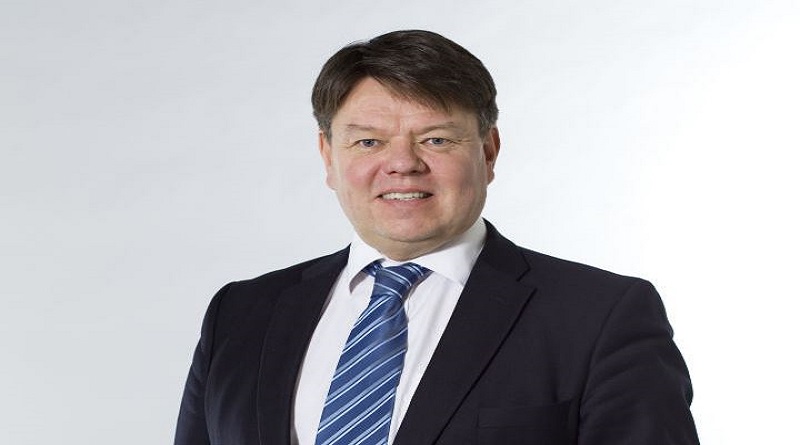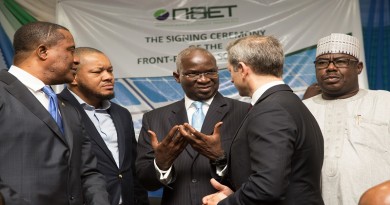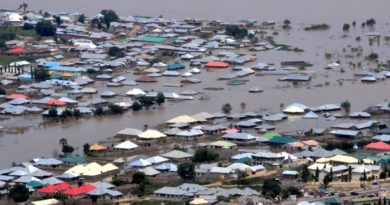WMO celebrates 150 years of cooperation, data exchange
World Meteorological Day 2023 takes the theme of the future of weather, climate and water across generations — urging us to live up to our responsibilities and ensure that future generations inherit a better tomorrow.
It takes place during the 150th anniversary of WMO’s predecessor, the International Meteorological Organization. It highlights past achievements, present progress and future potential – from the late 19th century telegraphs and shipping forecasts to supercomputers and space technology.
“The demand for our expertise and our science has never been higher. For the past 150 years, National Meteorological and Hydrological Services have collected and standardized data which underpin the weather forecasts we now take for granted. The history of WMO data exchange is a success story of scientific cooperation to save lives and livelihoods“, said WMO Secretary-General Prof. Petteri Taalas.
“Weather, climate and water know no national or political boundaries. The need for international cooperation has guided our work since 1873 and will continue to do so in future as we strive for a world which is more resilient to extreme weather, climate, water and other environmental events,” said Prof. Taalas.
WMD Complementary PosterThe anniversary also serves as a reminder of our changing climate. The International Meteorological Organization was established in 1873 in an era when pollution from industrial and human activities was at its beginning.
As a result of heat-trapping greenhouse gases, the average global temperature is now more than 1.1° Celsius higher today compared to 150 years ago. Our weather is more extreme, our ocean is warmer and more acidic, sea levels have risen and glaciers and ice are melting. The rate of change is accelerating.
“2023 must be a year of transformation, not tinkering,” said UN Secretary-General António Guterres in a message.
“Every year of insufficient action to keep global warming below 1.5 degrees Celsius drives us closer to the brink, increasing systemic risks and reducing our resilience against climate catastrophe. As countries hurtle past the 1.5-degree limit, climate change is intensifying heatwaves, droughts, flooding, wildfires and famines, while threatening to submerge low-lying countries and cities and drive more species to extinction,” said Mr Guterres.
”That means accelerating actions to limit temperature rise to 1.5 degrees, through scaled-up mitigation and adaptation measures,” said Mr Guterres.
“It means radically transforming our energy and transportation systems, breaking our addiction to fossil fuels, and embracing a just transition to renewable energy. It means developed countries providing a revolution of financial and technical support to developing countries as they mitigate emissions, adapt to a renewable future, build resilience against extreme weather events, and address the loss and damage resulting from climate change,” he said.
“And it means living up to the promise made last World Meteorological Day to ensure that early warning systems against climate disasters cover every person in the world“, he said.
There is increasing momentum behind the ambitious drive to ensure that life-saving early warning systems cover everyone in the next five years. The Early Warnings for All Initiative, launched by Mr Guterres on World Meteorological Day 2022 was endorsed at COP27 in Sharm-el-Sheikh and has won support from developed and developing countries, from the UN family and the private sector.
The good news is that rapid scientific and technological advances have greatly improved the accuracy of weather forecasts and life-saving early warnings. Big data is being exchanged more freely among a wider community than ever before, and there are new tools including machine learning and Artificial Intelligence.
There has been significant progress to monitor, simulate and project the global climate to support decision-making.
WMO is seeking to develop a sustained and coordinated Global Greenhouse Gas Monitoring Infrastructure to support implementation of the Paris Agreement.
It would expand and consolidate WMO’s long-standing activities in greenhouse gas monitoring under the auspices of the Global Atmosphere Watch and the Integrated Global Greenhouse Gas Information System and coordinate surface based measurements with satellites.
“Supercomputers and satellite technology are opening up new horizons for ever more reliable weather and climate prediction. We are looking to promote kilometer-scale climate modelling to better simulate cloud physics, future flooding and drought risks and, for instance, the speed of Antarctic glacier melting. There is a need of a consortium of countries with high-performance computer resources to respond to this need in the near future,” said Prof. Taalas.
The decision-making World Meteorological Congress will agree strategic priorities at its quadrennial session in May to promote our vision of a world which is more resilient to extreme weather, climate, water and other environmental events.




